Demand for Cost-Effective Solutions
Cost efficiency is a driving factor in the Embedded Hypervisor Software Market, as organizations seek to minimize operational expenses while maximizing performance. The ability to consolidate workloads and reduce hardware requirements through virtualization leads to significant cost savings. Market data indicates that businesses can achieve up to 30% reduction in IT costs by implementing embedded hypervisor solutions. This financial incentive is compelling for organizations across various sectors, including telecommunications, automotive, and healthcare. As companies continue to explore ways to optimize their budgets, the demand for cost-effective embedded hypervisor software is expected to rise, further stimulating market growth.
Advancements in Hardware Capabilities
The rapid advancements in hardware capabilities are significantly influencing the Embedded Hypervisor Software Market. Modern processors and memory technologies are enabling more efficient virtualization, allowing embedded hypervisors to operate with enhanced performance and lower latency. As hardware manufacturers continue to innovate, the compatibility and efficiency of embedded hypervisor software are likely to improve, making it more attractive to potential users. Market forecasts suggest that the increasing performance of hardware will drive the adoption of embedded hypervisors, as organizations seek to leverage these advancements for better operational efficiency. This trend is expected to contribute positively to the growth trajectory of the market.
Growing Emphasis on Security Features
Security remains a paramount concern within the Embedded Hypervisor Software Market, particularly as cyber threats continue to evolve. Organizations are increasingly prioritizing security features in their virtualization solutions to protect sensitive data and maintain compliance with regulatory standards. The market for security-focused embedded hypervisors is projected to expand significantly, with estimates suggesting a growth rate of around 12% annually. This emphasis on security is driven by the need to safeguard critical infrastructure and ensure the integrity of virtualized environments. As a result, embedded hypervisor software that offers robust security features is likely to see heightened demand, contributing to the overall growth of the market.
Integration with Advanced IoT Solutions
The integration of embedded hypervisor software with advanced Internet of Things (IoT) solutions is becoming increasingly prevalent within the Embedded Hypervisor Software Market. As IoT devices proliferate, the need for efficient management and security of these devices has intensified. Embedded hypervisors facilitate the deployment of multiple applications on a single device, enhancing operational efficiency. Market analysis indicates that the IoT sector is expected to reach a valuation of over 1 trillion dollars by 2026, which suggests a substantial opportunity for embedded hypervisor software to play a critical role in managing the complexities of IoT ecosystems. This integration is likely to drive innovation and growth within the market.
Increasing Adoption of Virtualization Technologies
The Embedded Hypervisor Software Market is experiencing a notable surge in the adoption of virtualization technologies across various sectors. Organizations are increasingly recognizing the benefits of virtualization, such as improved resource utilization and reduced hardware costs. According to recent data, the market for virtualization software is projected to grow at a compound annual growth rate of approximately 10% over the next five years. This trend is driven by the need for efficient management of IT resources and the ability to run multiple operating systems on a single hardware platform. As businesses seek to optimize their operations, the demand for embedded hypervisor software is likely to rise, further propelling the market forward.


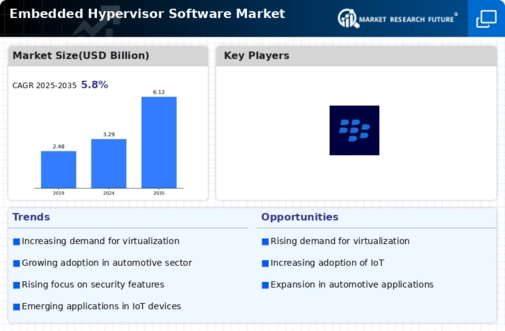

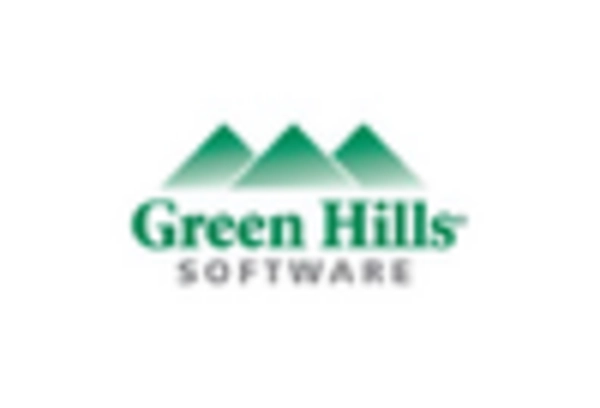
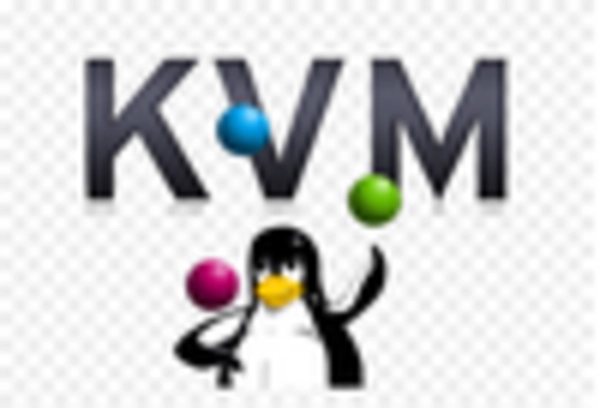
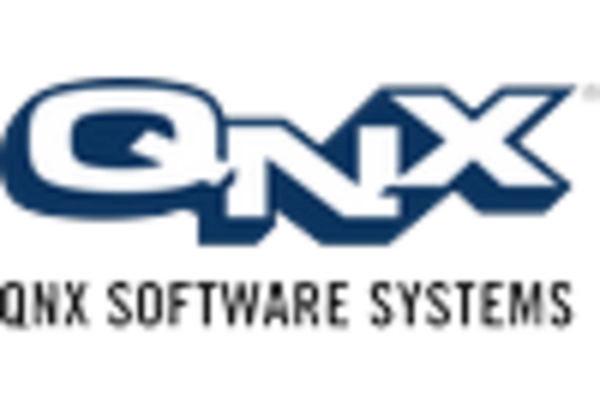

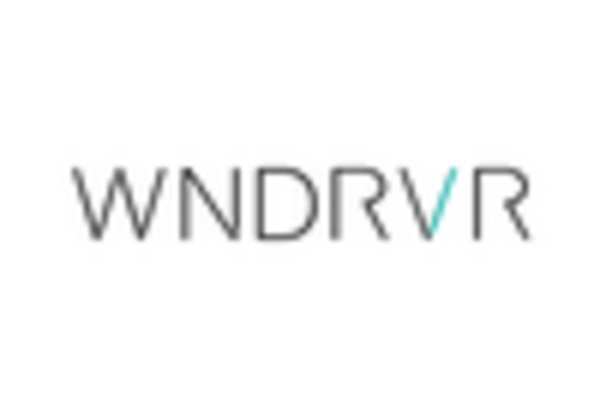








Leave a Comment